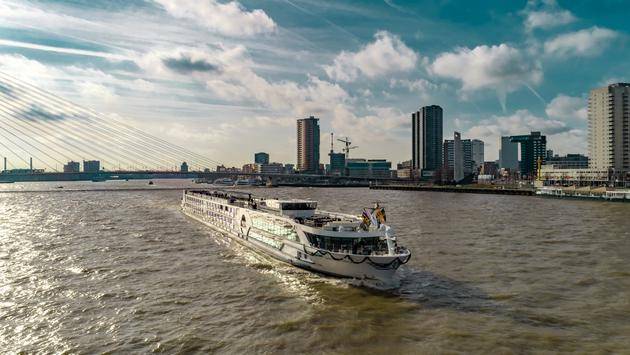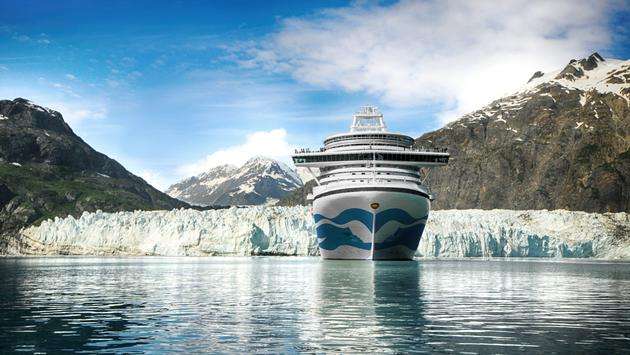February 09,2024
Traveling Safe to Riviera Maya for Caverns, Cenotes and Mayan Ruins
by Bin Xu
“I travel to feel the ancient intangibles and hear the whispers of history”- Elise Abeth
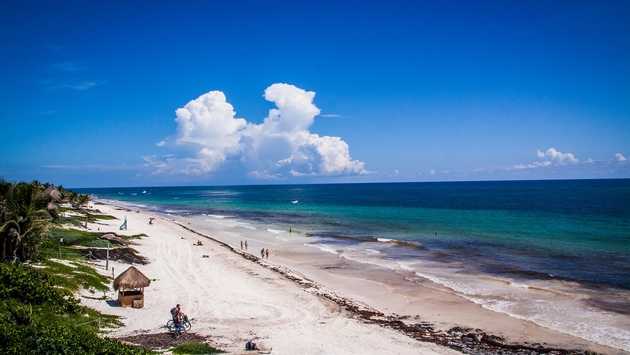
Our family has always loved Mexico’s Riviera Maya. Pearly white beaches, crystal-clear tourmaline waters, tantalizing cuisine, and a jungle-y paradise that always beckons us back time and again. But there’s no doubt that what makes this region so special is its other-worldliness with fascinating caverns, magical cenotes, and mystical Mayan ruins.
The icing on the cake on a recent trip here was that we felt extremely confident and safe in our travels and our stay in the Riviera Maya. Masking was mandatory in airports and strictly enforced on the plane. Safety was a number one priority at our all-inclusive resort which only made us feel more at ease about being here.
Set on the stunning beaches of Rivera Maya, UNICO 20°87° is an impressive Tulum resort. From the moment we entered the lobby to our morning of departure a week later, everything here at this luxury hotel featured top-notch service with impressive safety measures in place. It set the tone for an absolutely fabulous experience and was the perfect base from which to venture out and explore Riviera Maya’s most treasured jewels.
The Caverns and Cenotes
Sacred to the ancient Mayans, cenotes (sacred wells) are freshwater sinkholes formed thousands of years ago when limestone caved in and created vast underwater reservoirs. These cenotes (pronounced sen-o-tays) were vital to Mayan society as they provided a critical source of water during times of drought. They were also of major religious significance to the Mayans who believed them to be secret entrances to the underworld.
Unbelievably, there are thousands of cenotes scattered throughout the region, ranging from tiny to massive. Some can be easily accessed, others are on private land, but there are so many, it would take years to visit them all. We do, however, have some favorites within the Tulum region.
Dos Ojos
Located on a nature preserve, Dos Ojos (meaning two eyes) are two cenotes connecting into a large cavern to form one of the longest underwater cave systems in the world. The azure waters are refreshingly cold and pure, providing a welcome respite from the heat of the day—and a spectacular setting for cave diving, snorkeling, and exploring.
Yax-Muul
Even before entering this cavernous cenote, we had to partake in a Mayan ceremony requesting the gods to bless our visit. The plays of light in these waters are stunning from overhead openings allowing the jungle’s exotic birds to flit in and out of the cenote winding its way through a series of caverns, each more fascinating than the last. Stalagmites and stalactites here are so impressive, it’s hard to describe their grandeur.
The water is crystalline, cool, and fresh reflecting blue and green colors against stone backgrounds. Yax-Muul cenote is especially popular with scuba divers who come to further explore its deepest caverns.
Nohoch Nah Chich (Grand Cenote)
The Mayan name of this stunning cenote means “giant bird cage” and it’s an absolutely perfect moniker as birds and bats have made this spectacular cavern their home. Chirping birds build nests into the limestone ceilings, and it’s absolutely fascinating. Jungle-y vines have made their way into cavern openings.
One of the most beautiful underwater cave systems, Nohoch is located on private land so finding a local guide will ensure your admission to this magnificent spot. It’s so stunning, it resembles an Indiana Jones movie set.
We entered the cenote through clear multi-hued waters with our guide, then headed to darker regions in the rear of the cavern lit only by flashlight. Even National Geographic Diver has featured this unforgettable cenote in their magazine. We clearly understand why after our amazing exploration here.
Mayan Ruins
There are hundreds of Mayan ruins throughout Mexico and Central America, but the Yucatan Peninsula sports some of the most impressive.
The Maya was the most advanced civilization in the Americas. They were among only six ancient cultures to develop writing. A Base-20 counting system and complex calendar were two other amazing Mayan inventions.
Famed for their impressive knowledge of mathematics and astronomy, these were integral to their religious rituals. But the Mayans were also known for their practice of human sacrifice as a means of appeasing and nourishing the gods.
Tulum
Perched on the edge of a cliff overlooking the waters of the Caribbean Sea, the former walled city of Tulum was one of the last to be built by the Mayans. As a result, this archaeological site is still very much intact.
As the only Mayan city located on the coast, Tulum served as a bustling seaport, trading heavily in turquoise and jade. It’s one of the best-preserved historic sites in Mexico and is rumored to have some of the world’s best magical energy. It’s also one of our favorites.
The main temple, El Castillo, was designed and engineered by astronomers to be in perfect alignment with the sun on the summer solstice. Sunrise on the solstice shines directly through a series of windows in this magnificent structure.
Cobá
Though many buildings in this 80-square mile region of Quintana Roo are still blanketed by jungle growth, archeologists continue to uncover more and more intriguing ruins and structures. Surrounded by two lagoons, Cobá, was once a thriving metropolis of 50,000 people at the peak of its civilization. According to our guide, it’s “likely to one day be one of the largest of Mayan ruin excavations.”
Biking along jungle paths allowed us to see many more structures than by foot. Nohoch Mul is the tallest pyramid in the Yucatan peninsula. It is 12 stories tall with 120 steps to its peak. Though climbing the pyramid was off-limits at the time of our visit due to COVID regulations, it was still breathtakingly impressive.
Other fascinating structures include a series of smaller temples, an ancient gallery of carved stellae (ornamental carved stone), an astronomical observatory, and several ball courts.
One of the most fascinating archaeological features of this area is the network of elevated roads emanating out from Cobá to other Mayan cities. These roads, called sacbeob are thought to have been their equivalent to an interstate highway system, enabling easy level transportation throughout the Mayan world.
Chichén Itzá
One of the main reasons visitors come to this region is to experience the most spectacular of ancient Mayan ruins, Chichén Itzá, Mexico’s second most-visited archeological site. Though it takes about 2.5 to 3 hours to get here from Riviera Maya, it is so worth the trip.
These massive, impressive ruins reveal what was once a dazzling ancient city and major metropolis of the post-classic Mayan era from 750 AD to 1200 AD. Pyramided temples, royal houses, colonnades, and other enormous stone structures sacred to the Maya are clustered throughout this expansive historic site. The most recognizable and awe-inspiring is the magnificent Temple of Kukulkan. This huge and towering stepped pyramid looms over the central plaza and demonstrates the astounding accuracy of Maya astronomy and its importance to their religious beliefs.
During the spring or autumnal equinox, the play of late afternoon light and shadows creates a moving serpent that slithers down the 365 steps of the temple (built to represent each day of the year) before disappearing into the earth.
As we headed back to the states, we considered our next return visit to Riviera Maya. Guaranteed it will include more exploration of caverns, cenotes, and Mayan ruins. And who knows what else?
Leave a Reply
Please sing in to post your comment or singup if you dont have account.
Favorite articles
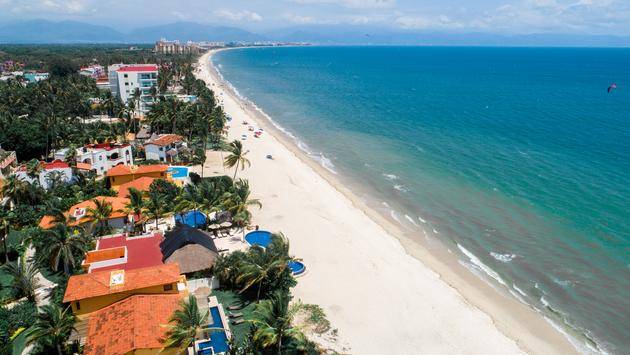
Riviera Nayarit Consolidates Air Connectivity With New Routes
January 03,2022

Looking for a Black Friday Deal? Try Summer 2021 Travel
December 30,2021
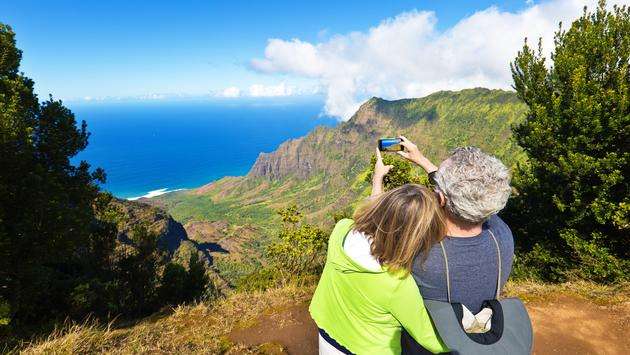
Kauai Drops Out of Hawaii’s Pre-Travel Testing Program
December 28,2021
Most popular articles
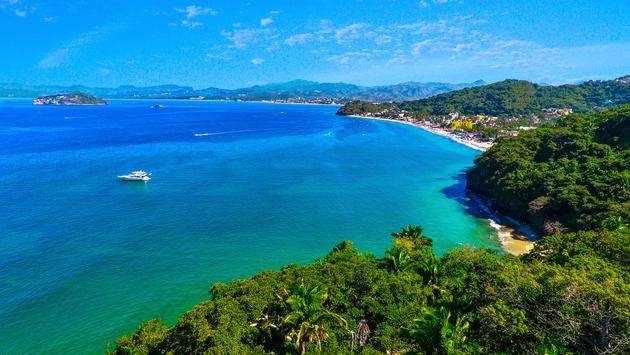
Riviera Nayarit Proves Resilience With New Hotel Openings
January 04,2022
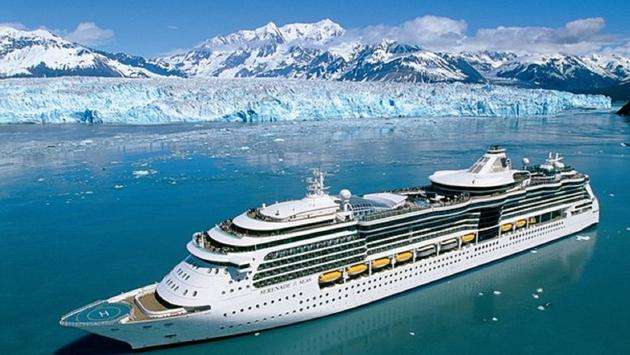
Large Cruise Ships Return to Alaska
December 29,2021

How to Score Free Disney World Theme Park Tickets in 2021
December 26,2021
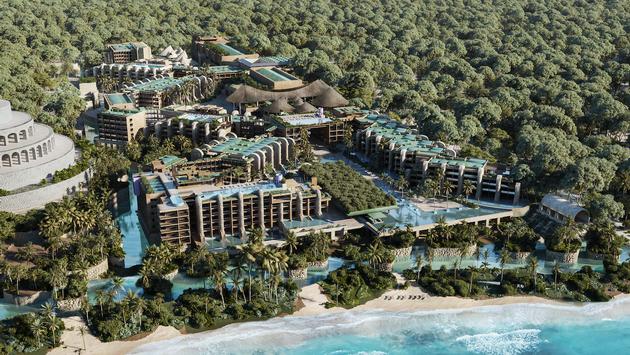
Hotel Xcaret Arte To Make Its Debut in July 2021
December 25,2021
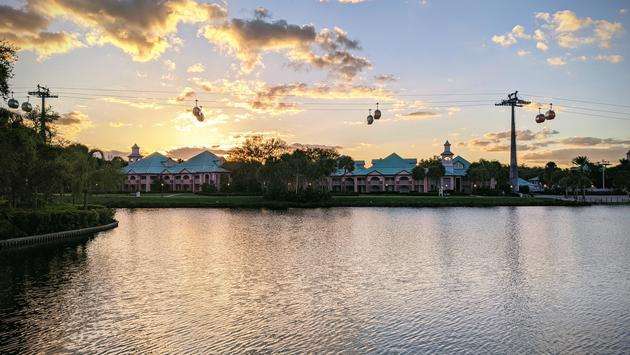
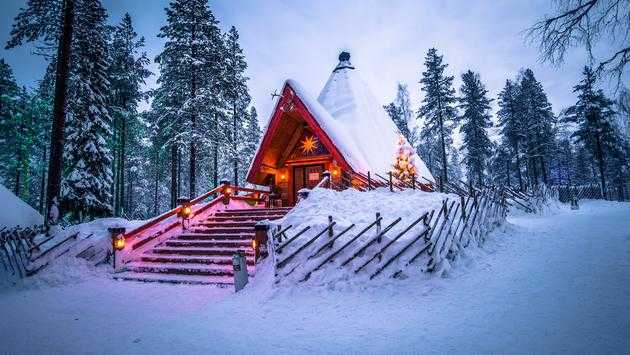
Families Can Virtually Visit Santa With Finnair
December 20,2021
Popular articles

Public Donates More Than $100K To Harassed Hotel Worker
January 02,2022
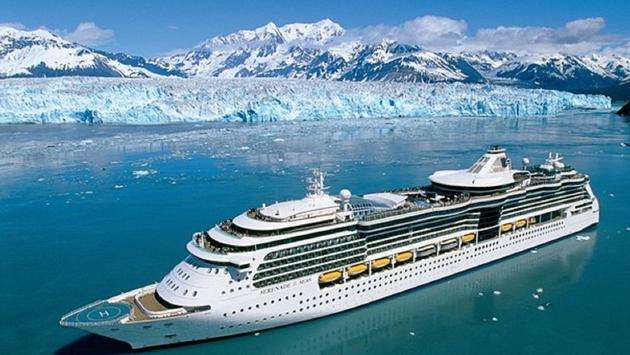
President Biden Signs Law To Restart Cruising in Alaska
January 01,2022
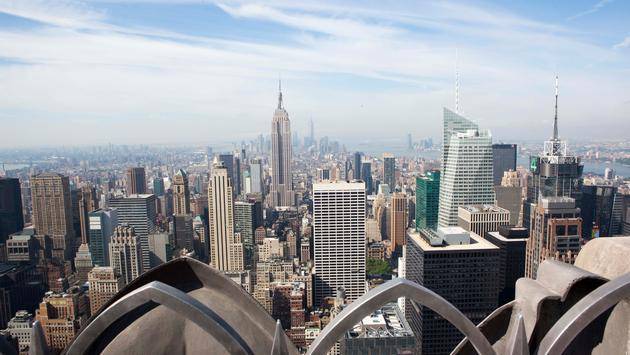
New Proposal Would Create 24-Hour Nightlife Zones in New York City
December 31,2021
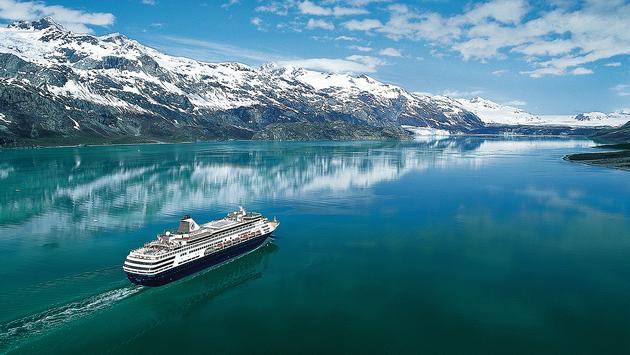
Holland America Line Launches 'BIG' Wave Season Offer
December 23,2021
Categories
Favorite articles
Riviera Nayarit Consolidates Air Connectivity With New Routes
January 03,2022
Looking for a Black Friday Deal? Try Summer 2021 Travel
December 30,2021
Kauai Drops Out of Hawaii’s Pre-Travel Testing Program
December 28,2021
Most popular articles
Riviera Nayarit Proves Resilience With New Hotel Openings
January 04,2022
Large Cruise Ships Return to Alaska
December 29,2021
How to Score Free Disney World Theme Park Tickets in 2021
December 26,2021
Hotel Xcaret Arte To Make Its Debut in July 2021
December 25,2021
Families Can Virtually Visit Santa With Finnair
December 20,2021
Popular articles
Public Donates More Than $100K To Harassed Hotel Worker
January 02,2022
President Biden Signs Law To Restart Cruising in Alaska
January 01,2022
New Proposal Would Create 24-Hour Nightlife Zones in New York City
December 31,2021
Holland America Line Launches 'BIG' Wave Season Offer
December 23,2021

